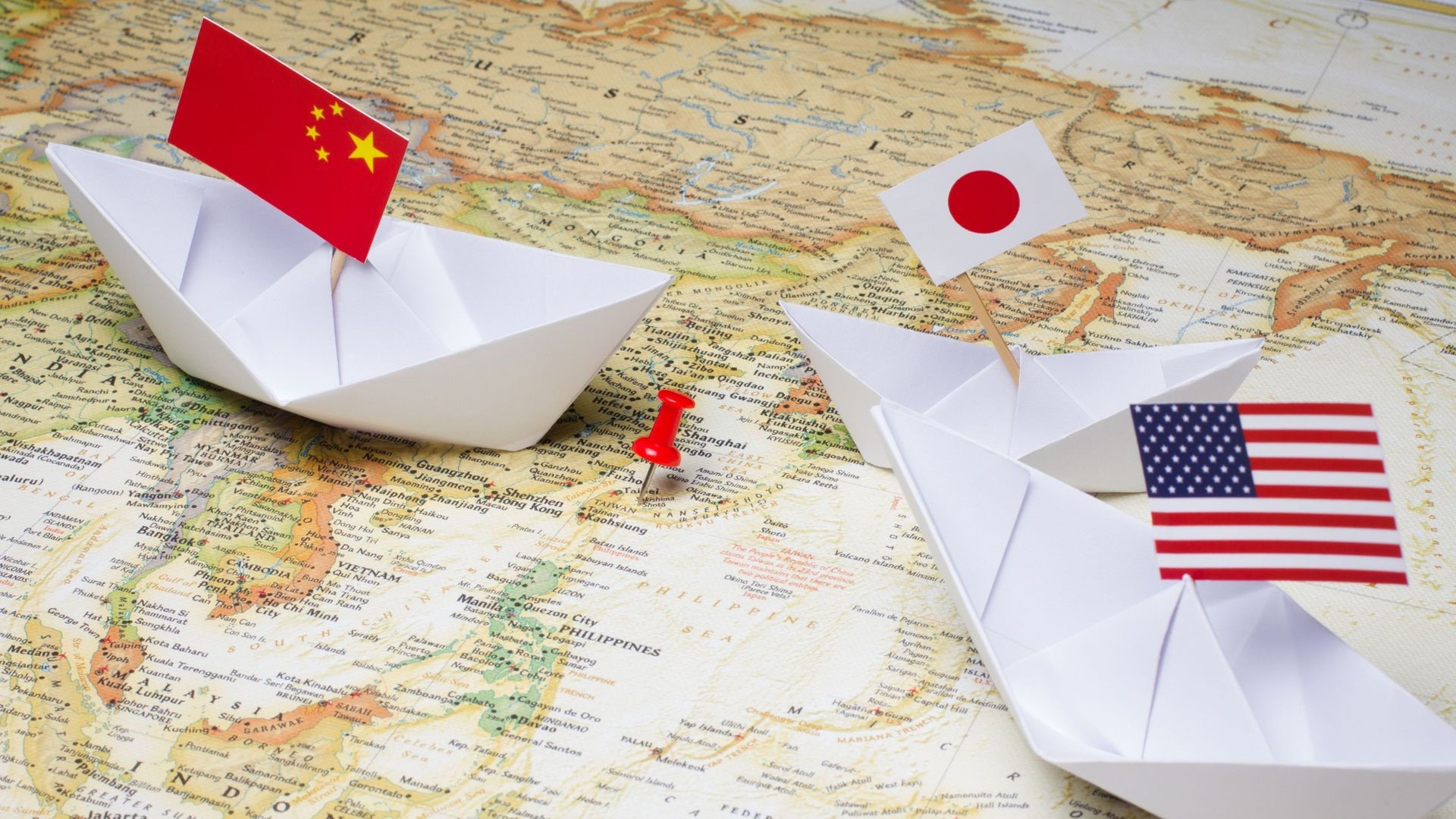Trade and geopolitics
The new geopolitics of trade and investment in Asia: multilateralism, regionalism, protectionism, or all of the above?

Published 09 November 2021
The geopolitical foundations supporting Asia’s rapid economic growth have been changing recently in some disturbing ways. Rival regionalisms, forged by China and Japan after the US withdrew from an economic leadership position during the Trump era, have forced Asian governments to exercise more agency of their own.
This essay is part of the Hinrich Foundation supported Asia Policy 16.4 issue, published by the National Bureau of Asian Research.
The geopolitical foundations supporting Asia’s rapid economic growth are weaker than they were at the turn of the millennium. The security environment has deteriorated sharply. Many of the tariffs erected by the Trump administration against imports from China, as well as from allies and friendly countries, are still in place.
The most striking feature of the new trade and investment landscape is the emergence of rival regionalisms forged by China and Japan. As they navigate these contrasting initiatives, Asian governments, particularly in Southeast Asia, are exercising new agency and are not likely to relinquish it just because the US claims to be “back.”
In this essay, Ellen Frost of the East-West Center (US) argues that the future of Asia’s economic order is likely to be a mixture of selective multilateralism, regionalism, and protectionism. The worsening strategic environment and the economic ravages of Covid-19 are serious threats to the regional order. Overcoming these challenges will require both high-level US attention and more intense consultation and coordination among all players, including China.
Download The new geopolitics of trade and investment in Asia: multilateralism, regionalism, protectionism, or all of the above? by Ellen Frost:

© The Hinrich Foundation. See our website Terms and conditions for our copyright and reprint policy. All statements of fact and the views, conclusions and recommendations expressed in this publication are the sole responsibility of the author(s).
Author
Ellen L. Frost
Ellen L. Frost is a Senior Advisor and Fellow at the East-West Center. She writes and lectures frequently on Asia-related topics, especially Indo-Pacific political-economic issues and their strategic and security implications.
Have any feedback on this article?
Related articles

ASEAN waits for RCEP ratification – and post-pandemic integration
07 September 2021

ASEAN waits for RCEP ratification – and post-pandemic integration
07 September 2021

ASEAN waits for RCEP ratification – and post-pandemic integration
07 September 2021



